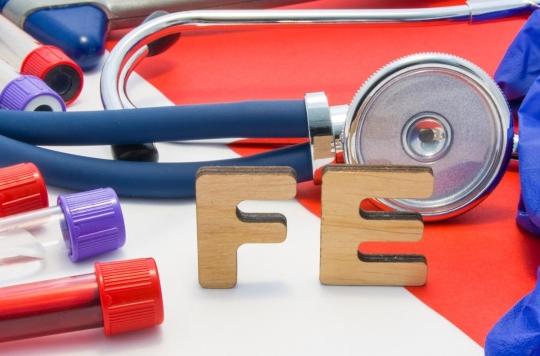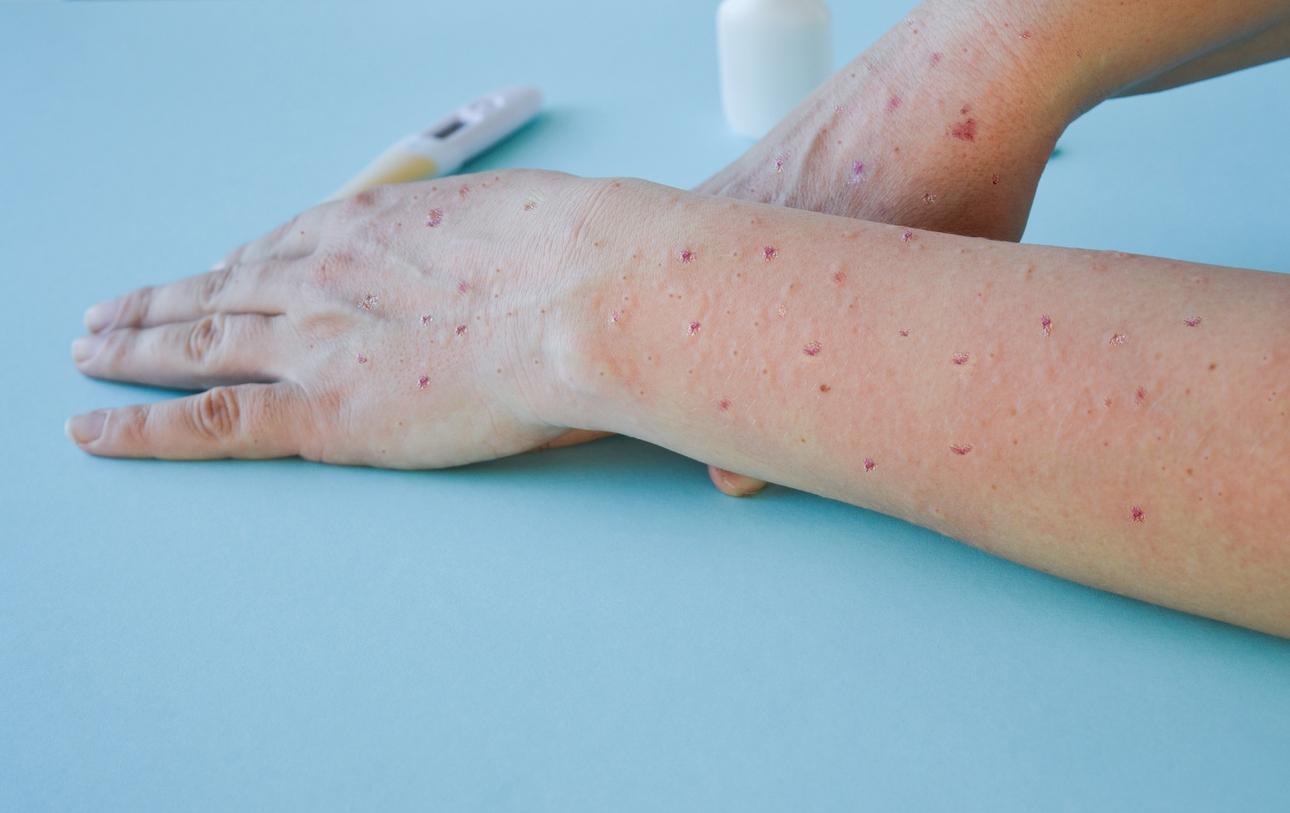Fatigue is the first symptom that motivates to consult a doctor. A common and often overlooked cause is excess iron in the blood: hemochromatosis is the most common genetic disease in France. It is mild if diagnosed at age 20-35, but usually serious and sometimes fatal when detected 30 years later.

- Food provides an average of 15 to 20 mg of iron per day.
- Intestinal absorption is proportional to needs and is generally limited to 10% iron, or 1 to 2 mg per day, to maintain a good balance in the body.
Little is said about the importance of iron in our body, but without it, life would be impossible. It is vital for our cells and acts as a catalyst for most of the chemical reactions that take place there. Thanks to it, we can oxygenate our blood by breathing, because it binds the oxygen we absorb to the hemoglobin of red blood cells.
Strong health ? Not really…
In the case of hemochromatosis, the body absorbs all the iron and cannot eliminate the excess. While only a few grams are needed, some store up to 1 kilogram. Iron is distributed in several organs, including the brain, the heart and especially the liver, eventually leading to serious diseases, diabetes, cirrhosis or cancer.
But the symptoms of hemochromatosis can be harmless, and do not draw attention to iron overload: rheumatism, sexual disorders, depression, osteoporosis, unexplained fatigue… A real medical encyclopedia in which doctors are lost, the only explanation for the discrepancy between the number of people affected and the very low awareness of this disease. Indeed, it takes on average 10 years to arrive at this simple diagnosis: in the vast majority of cases, a simple blood test is enough.
A genetic disease
Hemochromatosis comes to us from the Celts. Some 4,000 years ago, somewhere in northern Europe, a Celtic child, by pure chance, was the victim of a genetic mutation during his conception. Today, the descendants of this child carry this mutation in their genes. Unknown in the black and North African populations, not widespread in Spain and Italy, hemochromatosis is frequent in the Celtic lands, that is to say in Ireland and on our Breton territory.
As in the time of Molière
The most common genetic disease is also the only disease that we know how to treat. Its treatment is another originality of the disease and borrows the favorite treatment of Molière’s doctors: bleeding. Today, this therapy perfectly treats 200,000 people affected. A few hundred milliliters of blood should be drawn regularly to reduce the amount of iron in the body. Three to four bleedings per week (each equivalent to a blood donation) for several months allow the elimination of red blood cells very rich in iron: a sample of 500 ml of blood is equivalent to a loss of 250 mg of iron.
To make new red blood cells, the body needs iron molecules. It will therefore extract them from the overload deposited on the various organs. Little by little, we can space out the bleeding, but the rediscovered well-being makes the gesture almost pleasant! If hemochromatosis is detected in time, effective and modern treatment is possible.
It is to Pr Axel Kahn and his collaborators at the Cochin Institute in Paris that we owe a fundamental discovery for the future: that of a hormone that has been sought after for more than 40 years. Hepcidin is to iron what insulin is to sugar. This regulator determines the penetration of iron at the level of our intestine. The discovery of hepcidin opens a new window on iron-related diseases. In the short term, we should have a test to measure this hepcidin in the blood, to initially make a diagnosis. As for the long-term therapeutic benefits (one could dream that hepcidin accelerators or brakes are more high-tech than bleeding) they should be considerable.
To find out more, the website of the Association Hémochromatose France: www.hemochromatose.fr
















